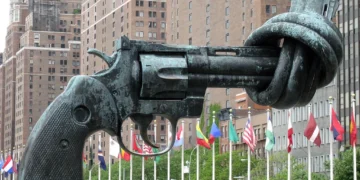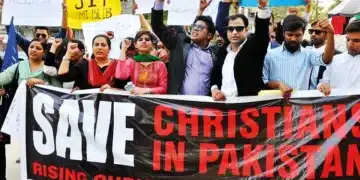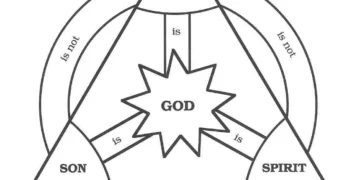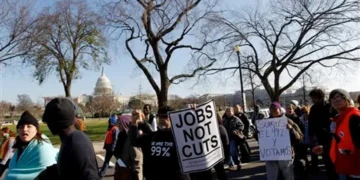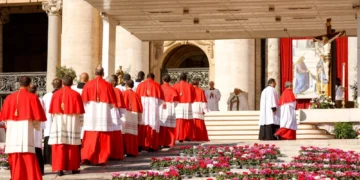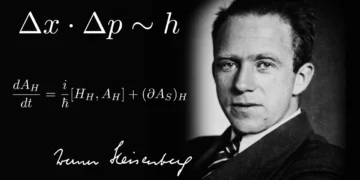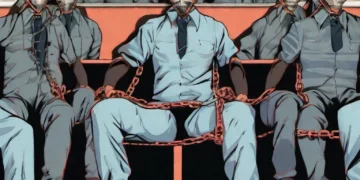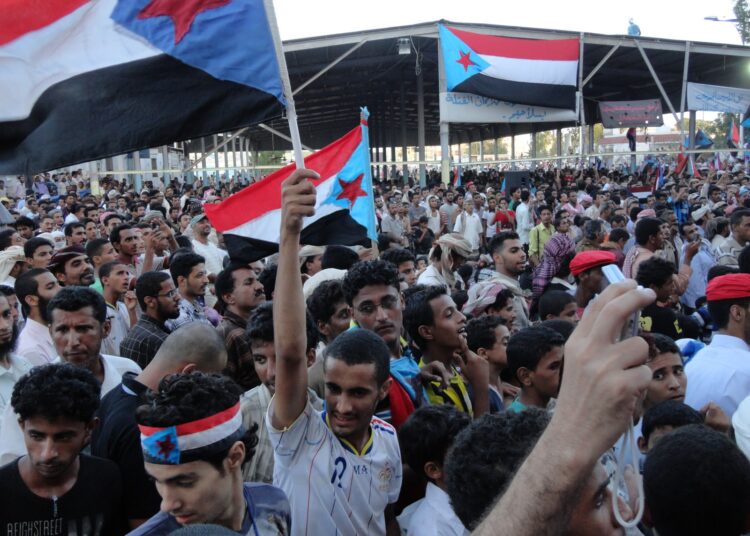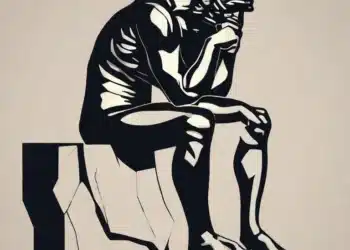The Arab Spring, a wave of popular uprisings that swept across the Middle East and North Africa (MENA) in 2011, initially sparked hope for democratic reforms and the end of oppressive regimes. However, as the dust settled, it became painfully clear that the promised ideals of peace and progress had been betrayed. The region witnessed an alarming descent into chaos, violence, and the stifling of people’s aspirations. This opinion piece passionately delves into the reasons why the Arab Spring failed to bring peace to the MENA region and the devastating consequences it unleashed.
Mismanagement and Power Vacuum
While the Arab Spring ignited with widespread calls for democracy, it also dismantled existing power structures without a comprehensive plan for what would follow. The resulting power vacuum allowed extremist groups, sectarian rivalries, and political opportunists to seize control, plunging the region into an abyss of violence and turmoil. Rather than fostering stability, the revolutions tore apart the social fabric of nations, leading to further divisions and bloodshed.
Repression and Counter-Revolutionary Forces
In the face of popular uprisings, repressive regimes exhibited extreme resilience, employing brutal tactics to suppress dissent and cling to power. Through military crackdowns, mass arrests, and manipulation of sectarian tensions, these regimes effectively suppressed the spirit and aspirations of those who had dreamt of a better future. Additionally, external actors and regional powers intervened to protect their interests, stifling democratic movements and paving the way for a return to autocracy.
Lack of Transitional Justice and Reconciliation
One of the critical failures of the Arab Spring was the lack of meaningful transitional justice and reconciliation processes. Accountability for past injustices was largely absent, leaving wounds unhealed and grievances unresolved. This absence of justice further deepened divisions within societies, feeding into cycles of revenge and perpetuating a culture of impunity. Without addressing past grievances, the path to peace and stability remains elusive.
Economic Collapse and Unemployment
The dreams of a better future that drove the Arab Spring were closely tied to socio-economic demands. However, the uprisings unleashed economic collapse and widespread unemployment as investments fled and infrastructure crumbled. The loss of stability and economic opportunity pushed disillusioned youth into the hands of extremist ideologies, perpetuating a cycle of violence and unrest. The failure to prioritize economic reforms and job creation dashed hopes for a prosperous and resilient MENA region.
Regional Rivalries and Proxy Wars
Rather than witnessing a collective pursuit of peace and prosperity, the MENA region became a battleground for regional rivalries and proxy wars. Conflicting interests among regional powers exacerbated existing divisions, turning political struggles into violent conflicts. Foreign interventions only served to further destabilize nations, prolonging the suffering and derailing any prospects for peace and unity.
Arab Spring: A Painful Betrayal
The Arab Spring was not only a missed opportunity but also a painful betrayal of the hopes and aspirations of the people of the MENA region. However, it is essential to learn from these failures and work towards true democratic reforms, social justice, and lasting peace while addressing the root causes that led to the initial uprisings. The people of the MENA region deserve better, and it is our responsibility to stand in solidarity with them.
